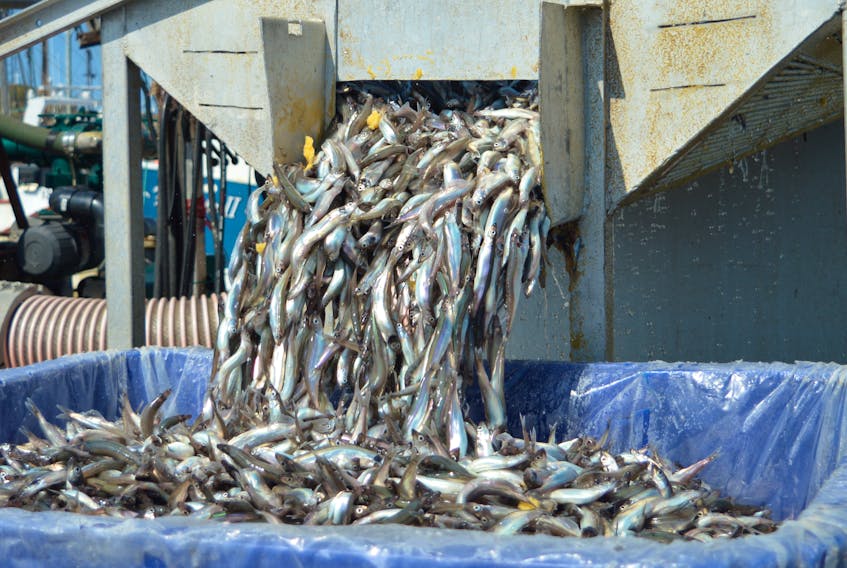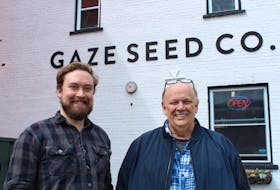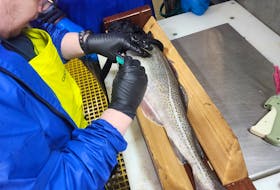The news remains not-so-good for a species of fish whose decline in the early 1990s mirrored that of the northern cod.
The Department of Fisheries and Oceans released its latest caplin stock assessment for the combined area of 2J3KL. Based on its latest findings, DFO is still concerned about the status of the species. The spring acoustic abundance index for 2019 found the stock was at a level similar to what the department observed in the early 2000s.

"What we're seeing is caplin in a range of values pretty much typical of what we've seen since the collapse in the early 1990s," said Fran Mowbray, a fisheries biologist with DFO and a lead scientist on caplin. "What we saw last year when we went out and did the survey was very close to the average value in that time series."
The forecast model for caplin in 2020 suggests it is highly probable its biomass index will decrease, remaining in a range consistent with what DFO saw in the early 2000s. Mowbray would characterize the early 2000s as "a rather low period" for the stock before it rebounded in subsequent years.
Based on the forecast model and the spring 2019 acoustic survey, biological sampling and environmental data, DFO expects the amount of caplin in 2020 will decrease, with fewer older and larger fish. Mowbray said older and larger fish tend to spawn earlier in the season than younger fish. This is important, because spawn produced earlier in the season tend to have a better chance of surviving than those produced later by younger fish.
According to Mowbray, older and larger caplin also tend to venture further north into the upper part of 3K (near the Northern Peninsula) and 2J (southern Labrador). Those fish would tend to serve as a food source for northern cod and turbot.
"When we have reduced availability of these older ages, then that can impact availability of forage (fish) to those predators in northern areas," she said.
The stock assessment also found the impact of fishing relative to that of predators increased in 2019. Mowbray said the change in the ratio can be attributed to a decline in the number of predators and the density of caplin. She acknowledged too there's a considerable gap between the impact of predators and harvesters, noting predators could hypothetically consume one million tonnes of caplin before the fish even start to reach the beaches.
"It's not a huge decline, but it is there, and the predators that are there, they'll eat caplin if caplin are available to them, and they're finding fewer caplin," she said. "The density is getting low enough that it's getting difficult for them to find caplin ... Although there's a lot of predators out there, they're not eating as much because the caplin are too spread out."
The federal fisheries minister will set a new total allowable catch (TAC) for caplin later this year. The TAC in 2019 for 2J3KL was 21,277 tonnes, a 7.3 per cent increase over the previous year's TAC of 19,823 tonnes. Industry stakeholder meetings are scheduled for Tuesday, during which DFO will present its latest scientific findings.
@CBNAndrew









